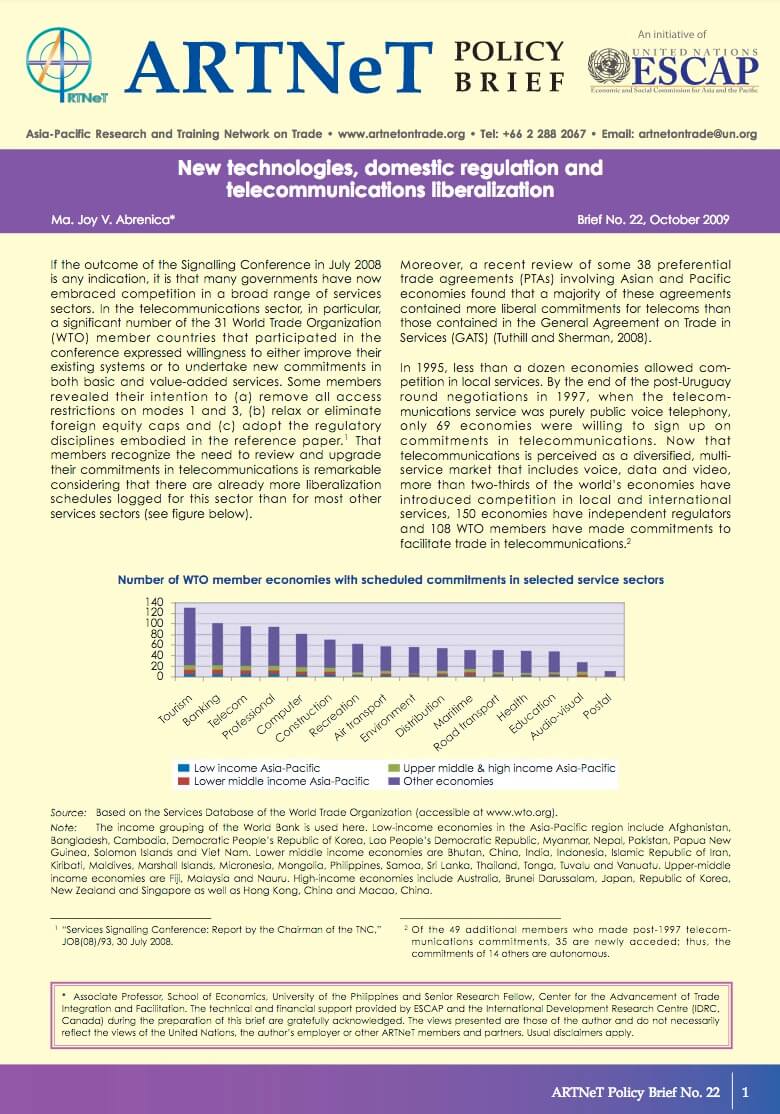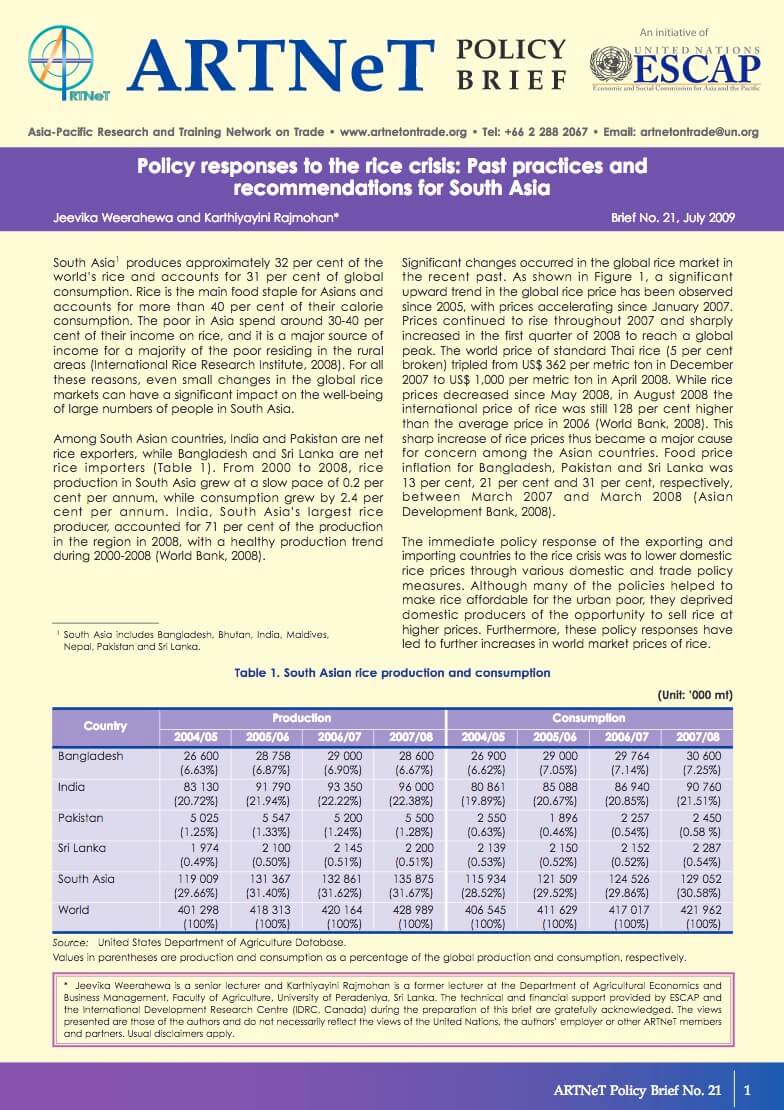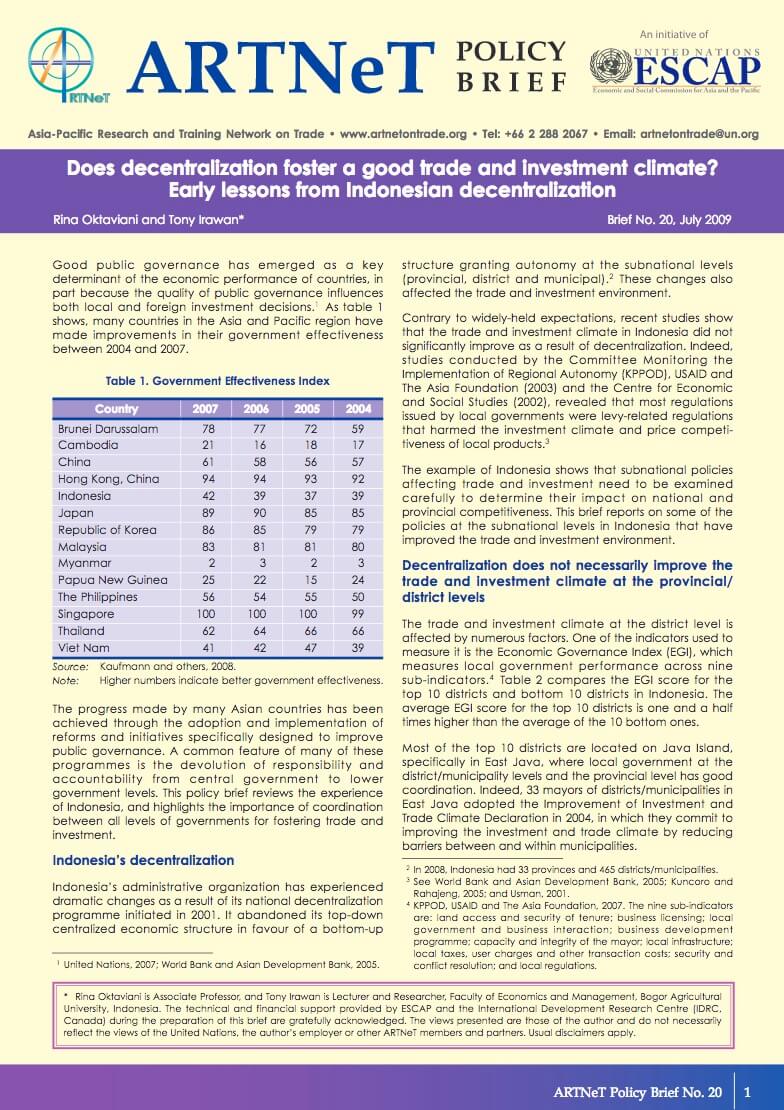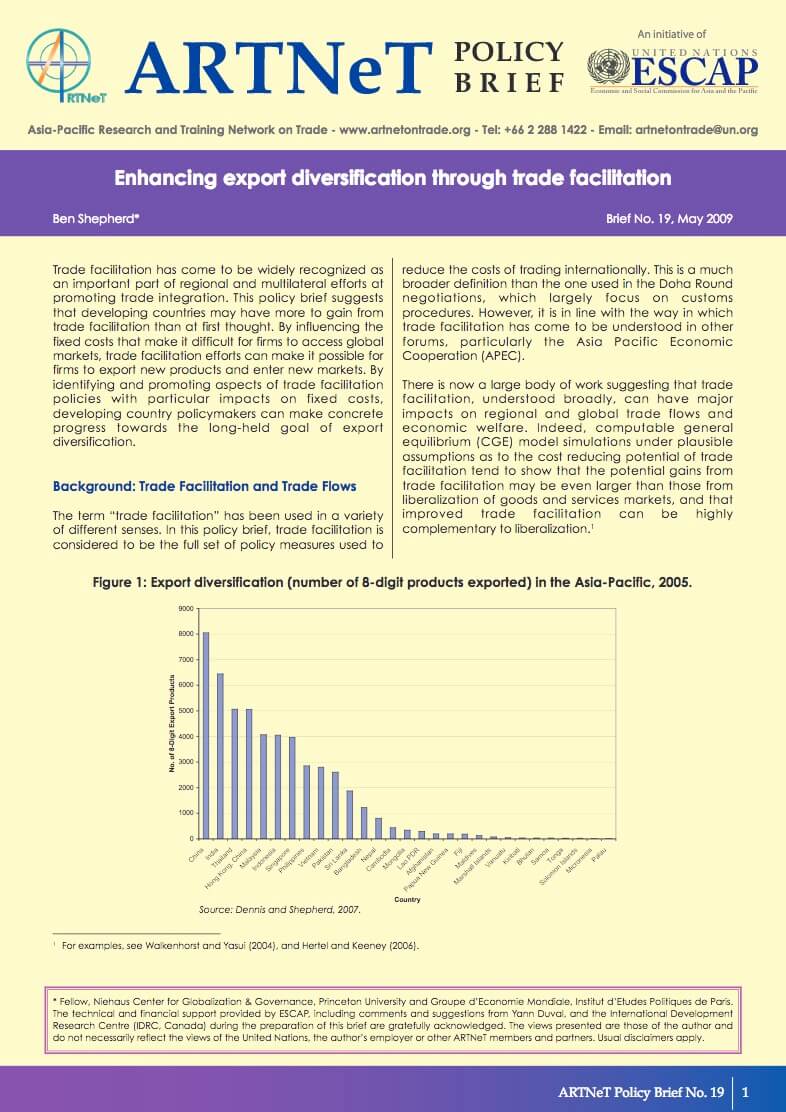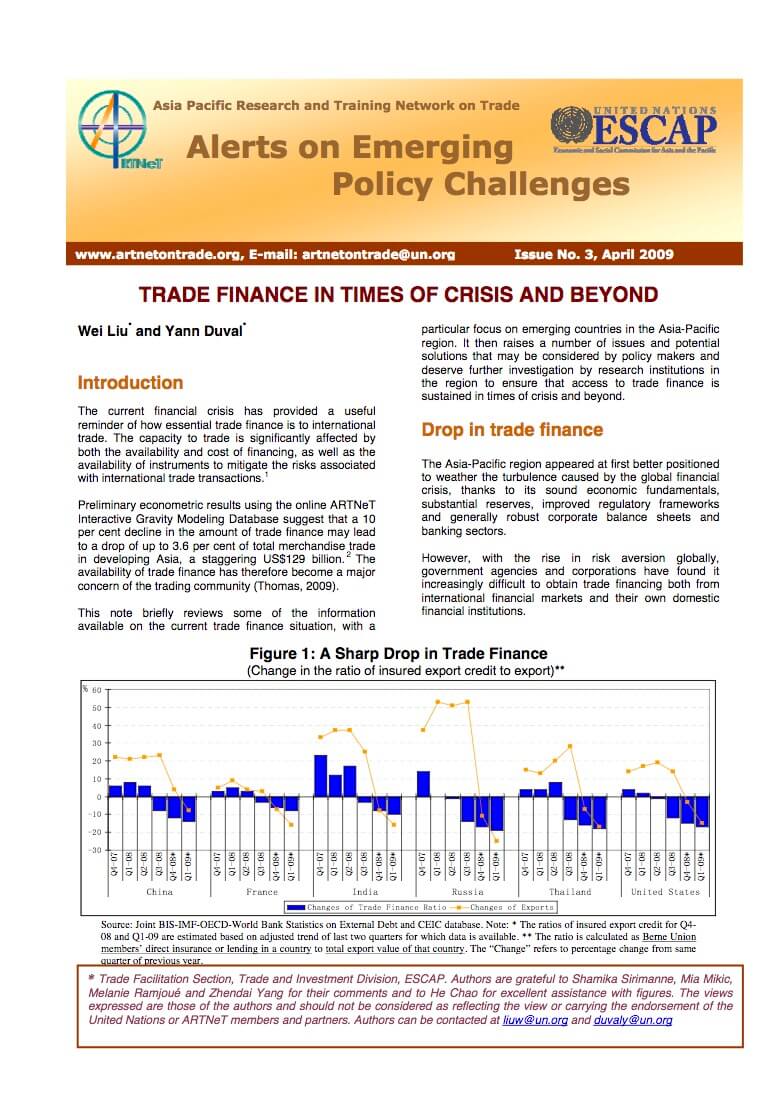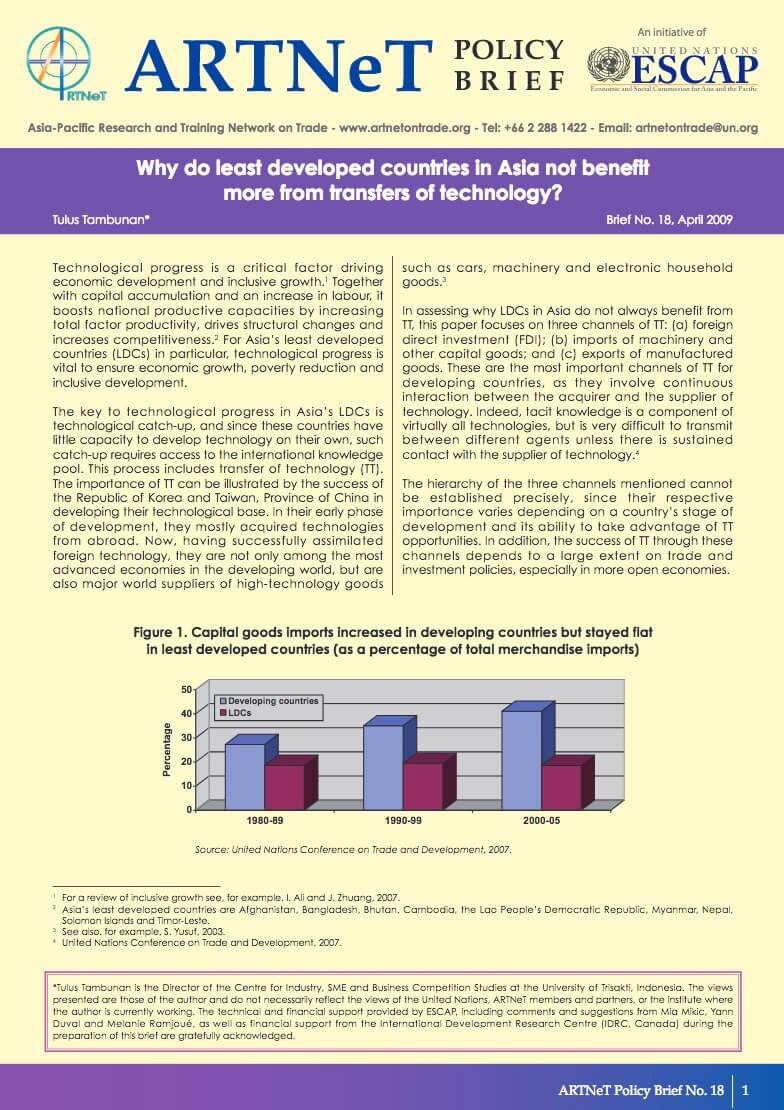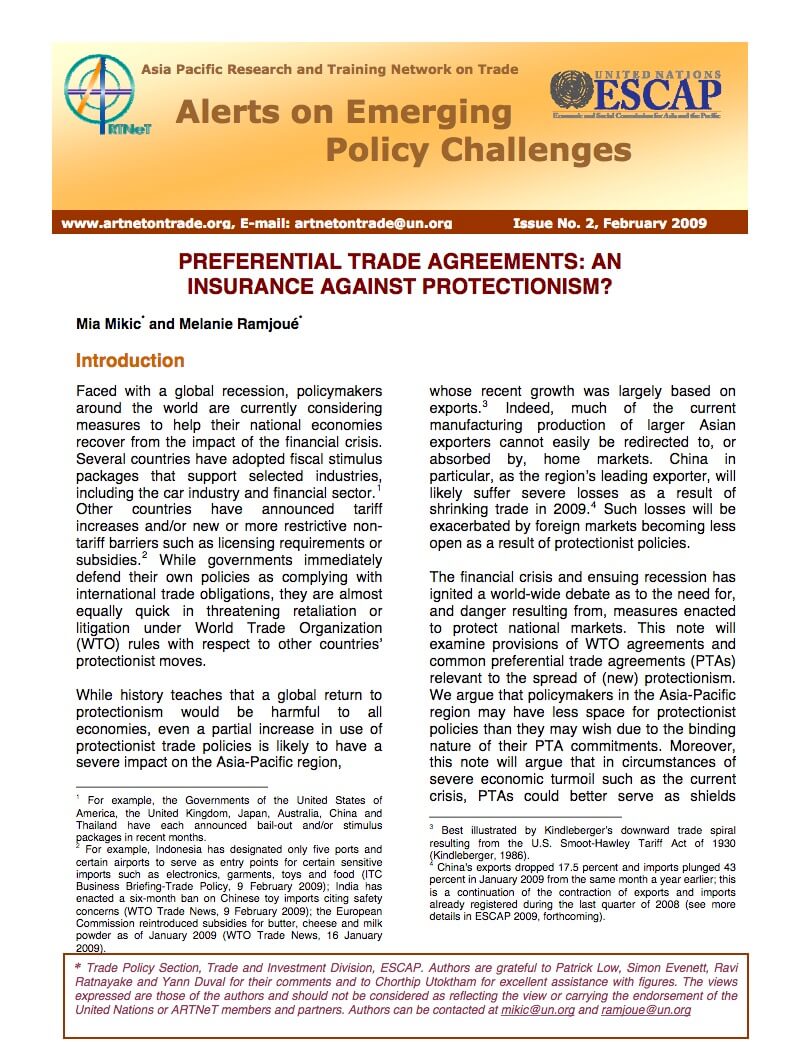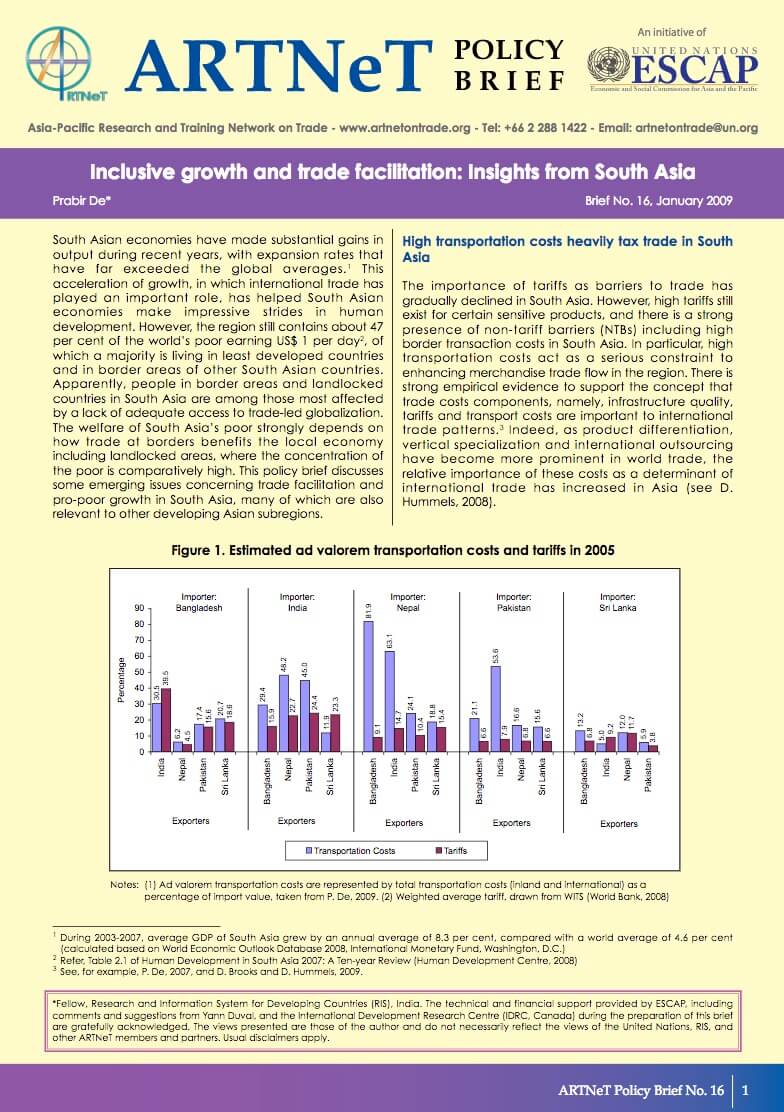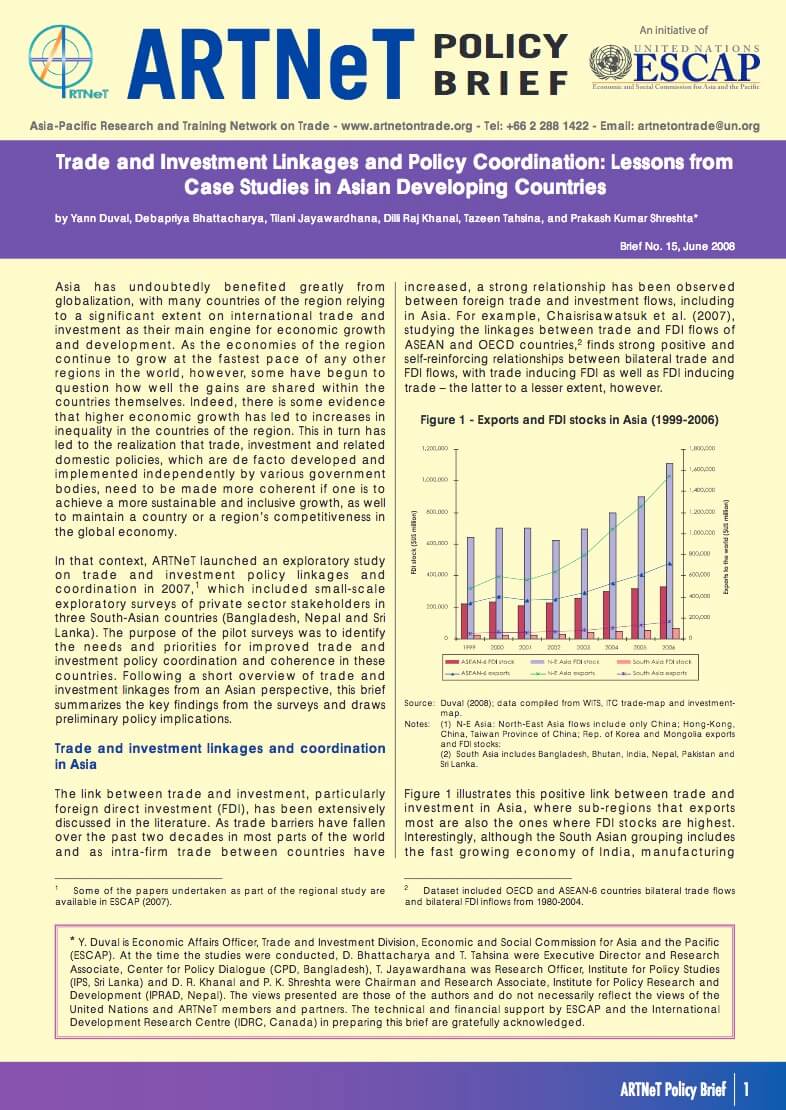New technologies, domestic regulation and telecommunications liberalization
If the outcome of the Signalling Conference in July 2008 is any indication, it is that many governments have now embraced competition in a broad range of services sectors. In the telecommunications sector, in particular, a significant number of the 31 World Trade Organization (WTO) member countries that participated in the conference expressed willingness to either improve their existing systems or to undertake new commitments in both basic and value-added services.

